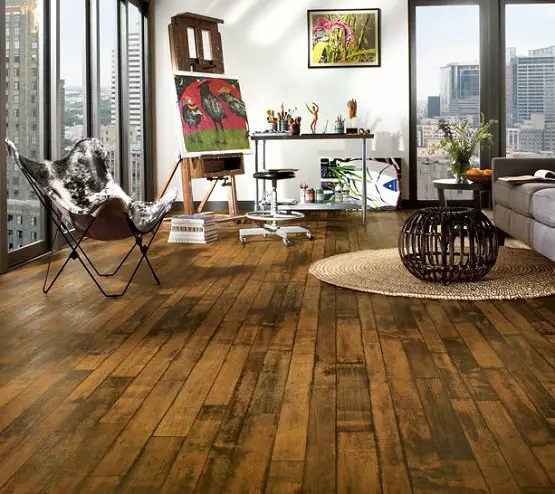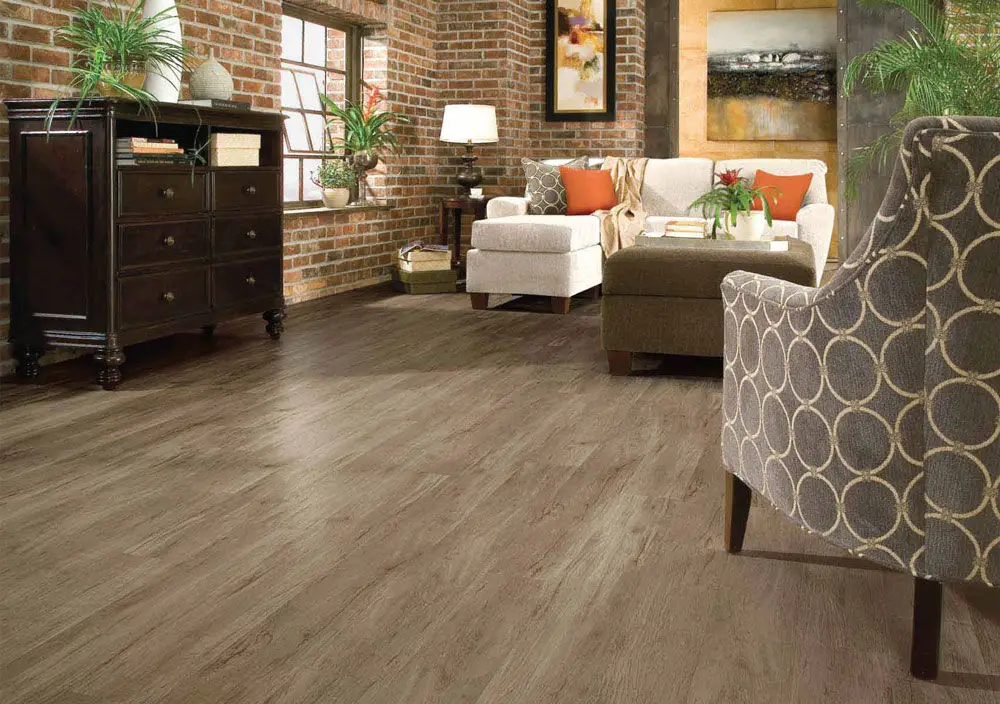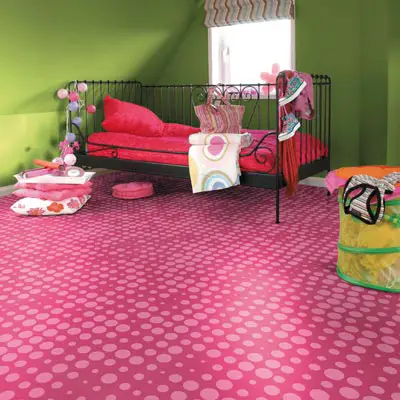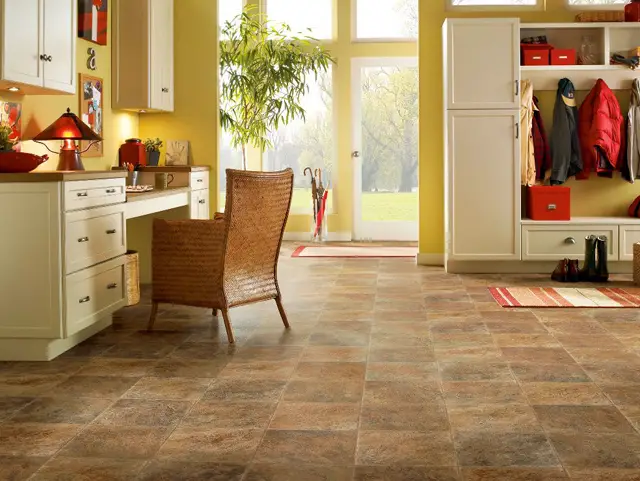Next on our list of flooring myths to dispel is those that surround vinyl. When it was first introduced a couple of decades ago, vinyl captured a large following because it offered more variety that carpets and linoleum and it was also reasonably priced.

homeposh.com
However, this wide following saw some pretty low points because vinyl became associated with unsound environmental practices – that it was made from chemicals whose emissions harms the air, that its synthetic and disposal is a big issue and all.
So today, we set out to give you some hard facts about vinyl and why it is a strong contender for flooring materials that are user friendly in terms of DIY weekends and home improvement projects on a budget.
Myth #1: Making vinyl is harmful to the environment.

archiexpo.com
The assumption that vinyl is less friendlier to nature than those sourced from natural resources like wood and stone-based flooring is based on just that. Stone and wood are natural and well, vinyl is polymer-based. This, however, is not always the case. Some flooring materials, when processed emit more volatile organic compounds (VOCs) and aldehydes compared to vinyl.
What’s more is that its extremely flexible and durable that it will last longer compared to other flooring materials, hence lesser waste.
Myth #2: Vinyl is unhealthy.

www.apartmenttheraphy.com
Next to polymer, one major component of vinyl is salt. It does not have any hazardous emissions classified as carcinogenic or mutagenic. Again, while vinyl is mostly synthetic, manufacturers follow regulations and standards to ensure the health and safety of consumers.
Myth #3: Vinyl is not durable.
So not true. Vinyl may feel frail and too flexible but its proven to be one of the most enduring flooring material available. Like other flooring products, vinyl is exposed to daily abuse. However, studies have shown that vinyl’s wear layer is not easily damaged, dented or scratch and that it can stand different weight stress and static load and is equally tolerant to movement and foot traffic.
It doesn’t deteriorate easily and that requires less frequent replacement.

www.123home-improvement.com
Myth #4: Vinyl cannot be installed just about anywhere.
Wrong again. Vinyl is synthetic and therefore it doesn’t share the imperfections of wood or the coldness of stone. Modern technology has allowed an even more sturdier design of vinyl and it can be installed just about anywhere. When putting them down in kitchens, bathrooms or areas where there is a possibility of exposure to water, make sure that the water will not remain stagnant and pool down in the vinyl flooring surface and everything is sure to work out all right.
Myth #5: Vinyl is non-hygienic.
Vinyl’s polymer base does not allow the growth of bacteria. Vinyl is and can be further treated to ensure that no harmful microbes will grow on it.

www.amtico.com
However, when it comes to hygiene, homeowners must ensure the cleanliness of the floor and the rest of the house if its a question of hygiene we are talking about. Regardless of the material composition of the flooring it is exposed to all sorts of dirt and materials so cleaning must be a regular habit to ensure hygiene and health.
Myth #6: Vinyl is hard to keep and manage.
Vinyl is highly flexible and can cover your floor’s imperfections when set up right. It is highly flexible and has a very smooth and durable surface that’s easy and inexpensive to maintain. It has a sturdy polyurethane layer that does not only protect the surface but also retains shine and repel dirt seeping into the surface.

